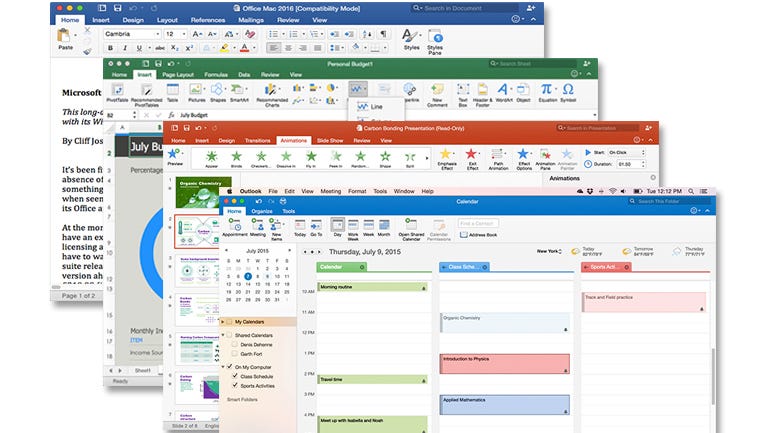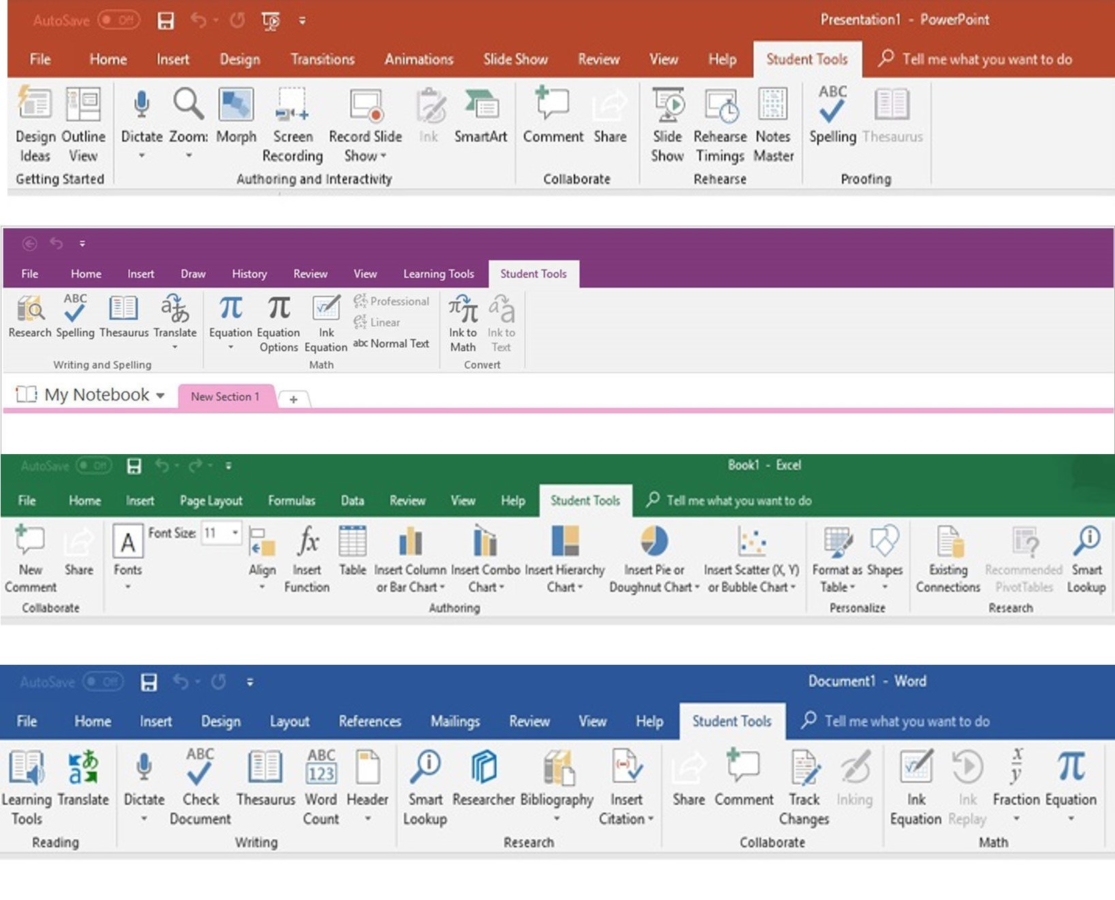

Your computer might show different names or locations for some of the Visual Studio user interface elements in the following instructions. The Add-Ins tab is the default tab that is defined in the Ribbon XML file.Īutomating Microsoft Office Word by using the buttons on the Add-Ins tab. This walkthrough illustrates the following tasks:Īdding buttons to the Add-Ins tab.
Create custom ribbons for office 2016 mac how to#
This walkthrough demonstrates how to create a custom Ribbon tab by using the Ribbon (XML) item. The UI you selected is displayed.Walkthrough: Create a custom tab by using Ribbon XML To apply a custom UI so that it is available when the application starts, use the following procedure:įollow the process described previously to make the customized ribbons available to the application.Ĭhoose the Microsoft Office Button and then choose Access Options.Ĭhoose the Current Database option and then, in the Ribbon and Toolbar Options section, choose the Ribbon Name list and select a ribbon. Apply customized ribbons when Access starts That way, when the application is started, the LoadCustomUI method is automatically executed, and all of the custom ribbons are made available to the application. You can make different ribbons using multiple calls to the LoadCustomUI method, passing in different XML markup as long as the name of each ribbon and the id attribute of the tabs that make up the ribbon are unique.Īfter the procedure is complete, you then create an AutoExec macro that calls the procedure by using the RunCode action. The XML markup can come from a Recordset object created from a table, from a source external to the database such as an XML file that you parse into a string, or from XML markup embedded directly inside the procedure. Typically, to create and make the ribbon available to the application, you first create a module in the database with a procedure that calls the LoadCustomUI method, passing in the name of the ribbon and the XML customization markup. You can use the LoadCustomUI method to load ribbon customizations programmatically. Load ribbon extensibility XML programmatically The following table lists the settings to use when creating the USysRibbons table.Ĭontains the name of the custom ribbon to be associated with this customization.Ĭontains the ribbon extensibility XML (RibbonX) that defines the ribbon customization.

The table must be created using specific column names for the ribbon customizations to be implemented. USysRibbons is a user-created system table. If you store the customizations in a table named USysRibbons, the customizations can be implemented without using macros or VBA code. One method that you can use to make ribbon customizations available is to store them in a table. Make the ribbon customization XML available Store ribbon extensibility XML in a table This topic describes how to apply customized ribbons when opening a database.

For example, customization markup can be stored in a table, embedded in a VBA procedure, stored in another Access database, or linked to from an Excel worksheet. Access provides tremendous flexibility in customizing the ribbon UI. With a few lines of XML, you can create just the right interface for the user. The ribbon uses text-based, declarative XML markup that simplifies creating and customizing the ribbon.


 0 kommentar(er)
0 kommentar(er)
